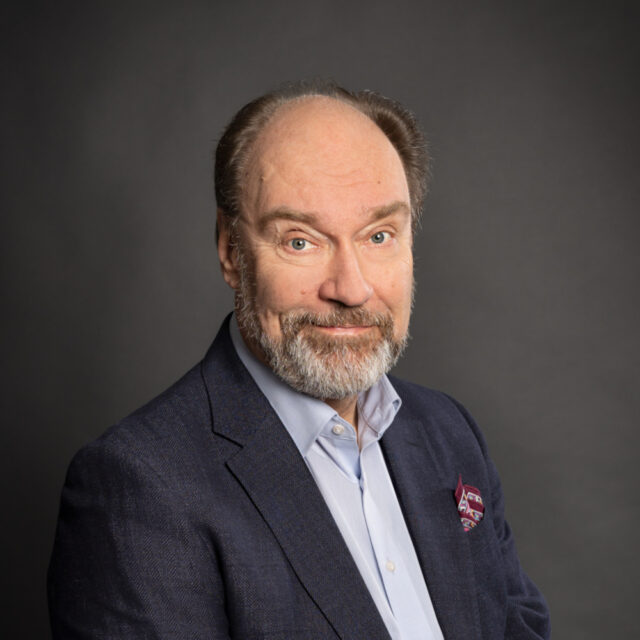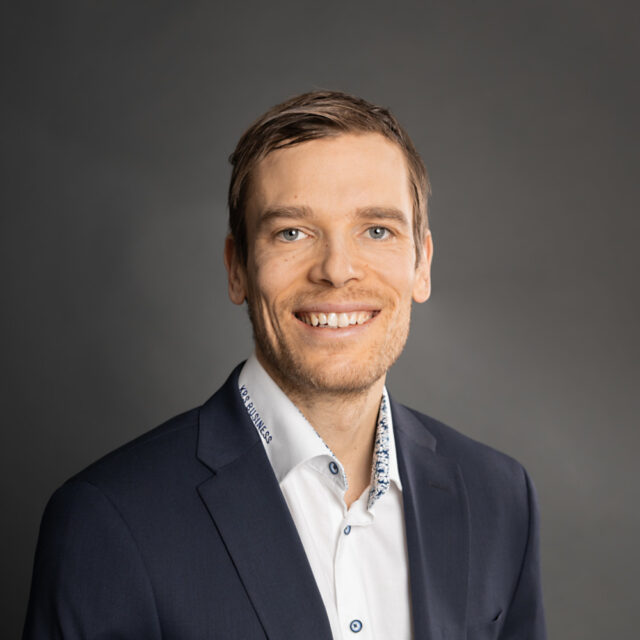We develop new business from the sidestreams of potato, fish, forest and vegetable production:
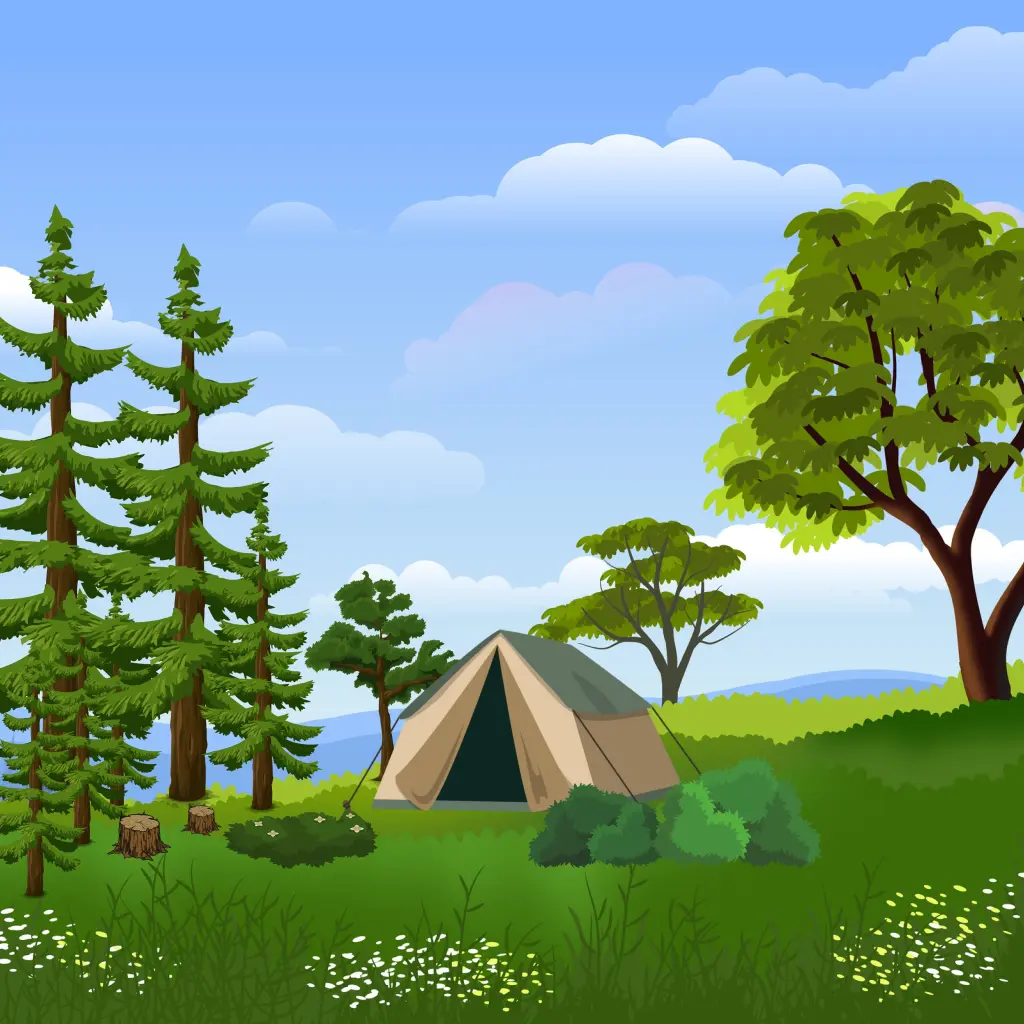
Case: WOOD
A huge amount of unutilised wood material is left in forests and sawmills, often ending up as fuel – but could it become something much more valuable?
In the KristinaEco project, researchers, forest machine entrepreneurs and industry are working together to develop new ways to refine forest residues, sawdust and branches into products such as biochar, raw materials for cosmetics and bio-based plastics. In this way, side streams from forests can become profitable and sustainable business.
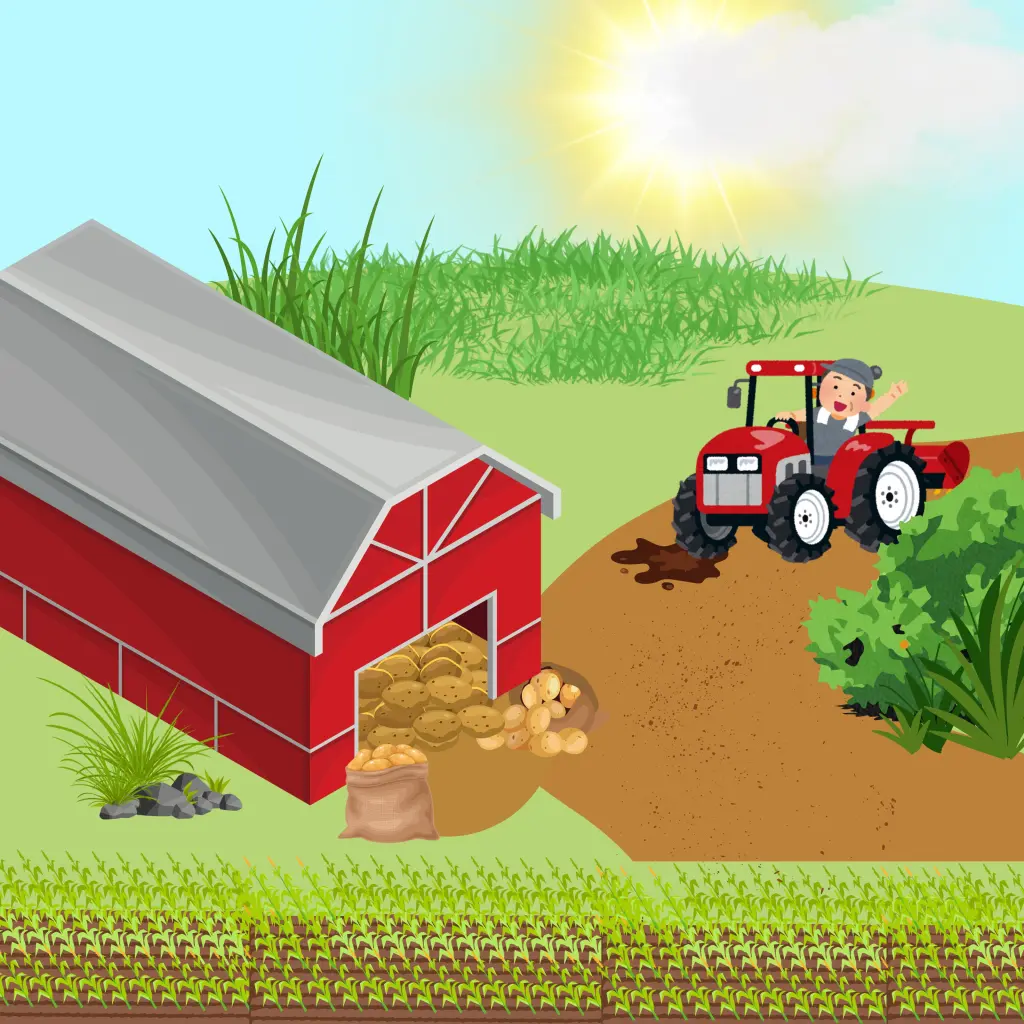
Case: POTATO
Usually, only the part of the potato that ends up on the dinner plate is used, even though a large amount of valuable components go to waste – broken potatoes, peels and other surplus are often composted or used as animal feed.
In the KristinaEco project, researchers, farmers and industry are working together to find more profitable ways to refine these side streams into biogas, biochemicals and soil improvers. This way, even unmarketable potatoes can generate profitable business.
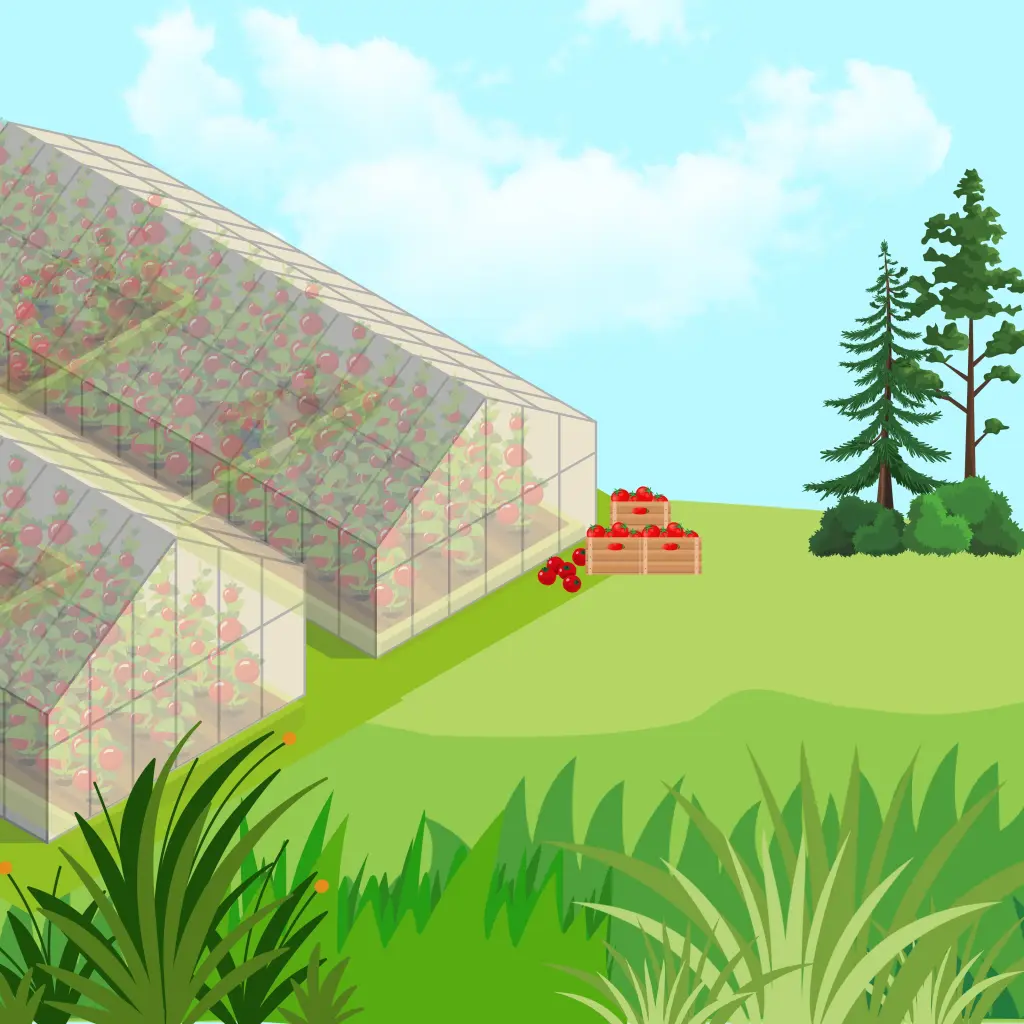
Case: GREENHOUSE VEGETABLES
In greenhouse vegetable production, a large part of the plant mass – such as stems, leaves and turnips – goes unutilised, even though they contain many valuable substances.
In the KristinaEco project, researchers, growers and industry are working together to develop solutions to refine these plant side streams into biogas, biochemicals and soil improvers. The goal is to turn surplus biomass from a burden into profitable business.
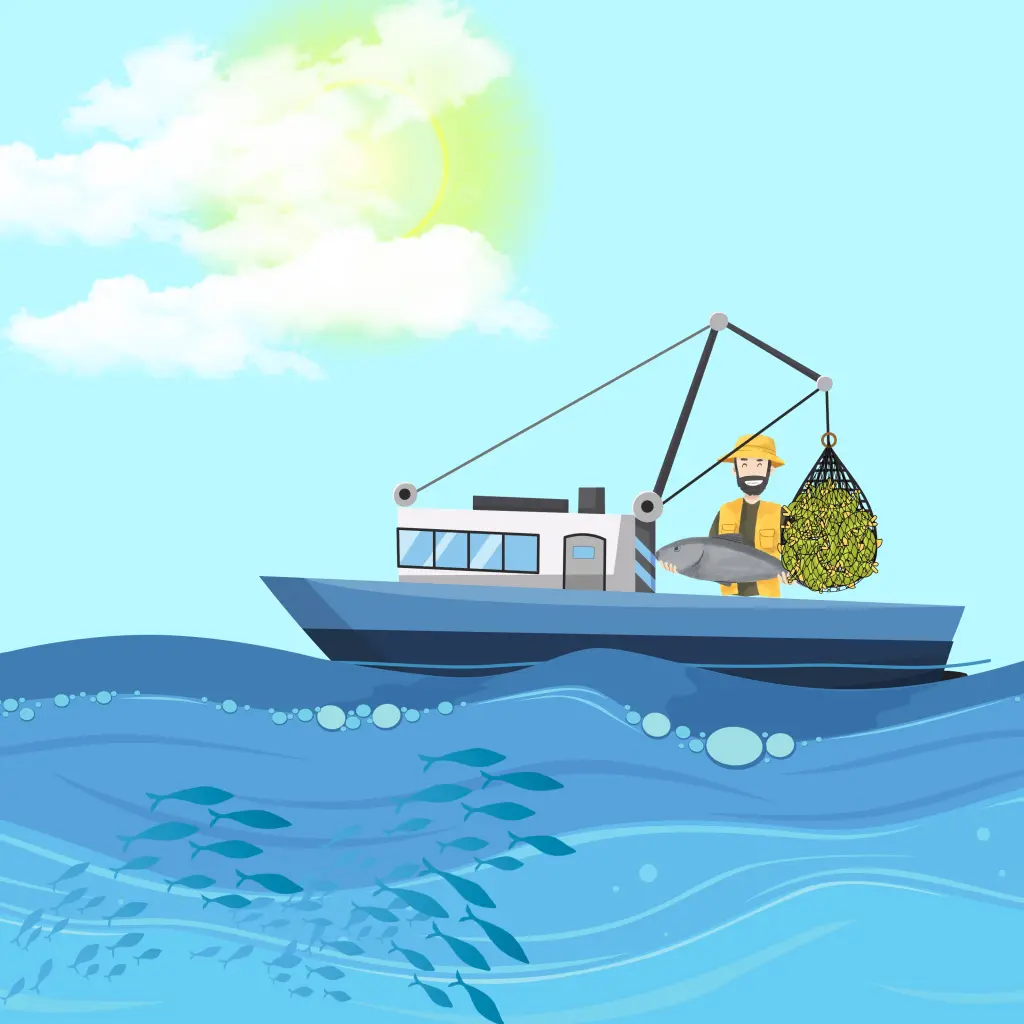
Case: FISH
Usually, only fish fillets are used, even though scales, skin, bones and viscera also contain a wealth of valuable substances.
In the KristinaEco project, researchers, fish farmers and industry are working together to develop new ways to refine fish residues into products such as gelatine, proteins, fish oil and biogas. This way, previously wasted fish parts can produce new products and business – benefiting both people and the environment.

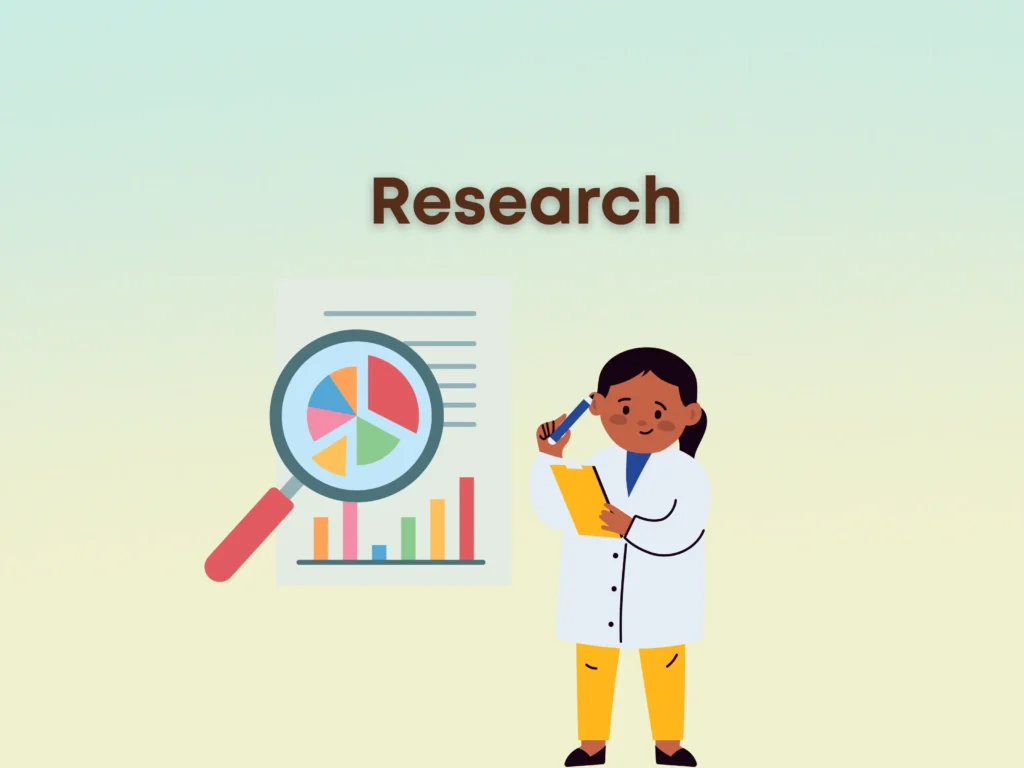
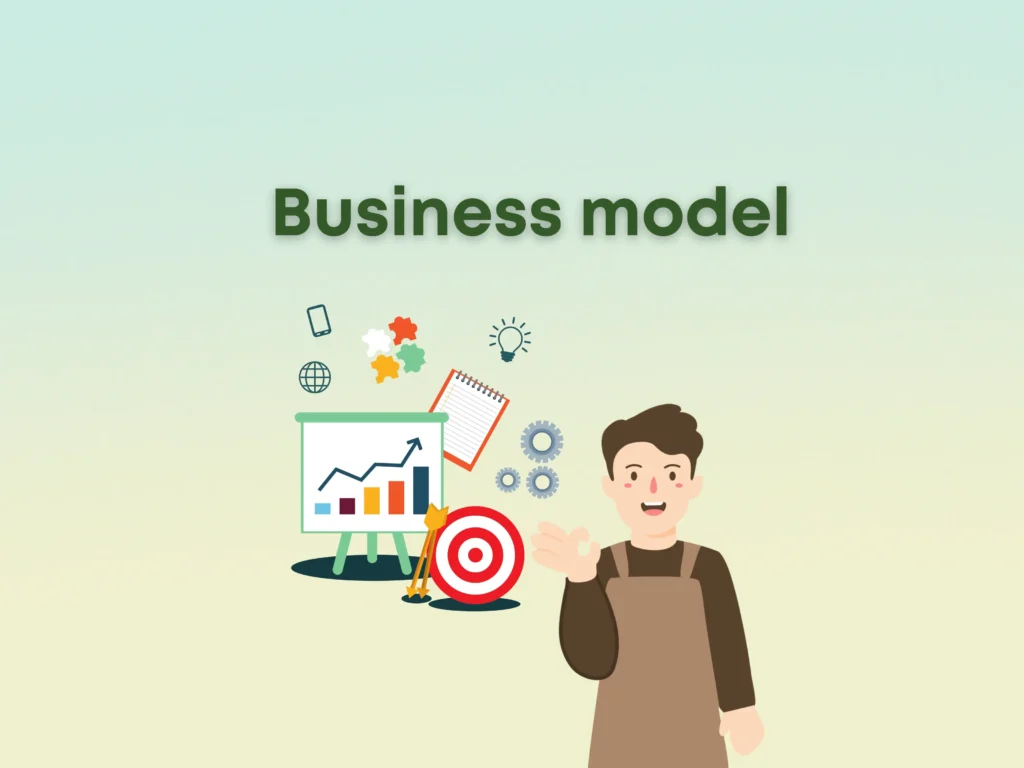
More information:
